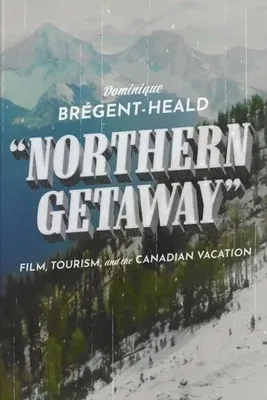For more than a century, posters, advertisements, and brochures have
characterized Canada as a desirable tourist destination offering
spectacular scenery, wild animals, outdoor recreation, and
state-of-the-art accommodations. However, these explicitly commercial
displays are not the only marketing tools at the country's disposal;
beginning in the 1890s, film also played a role in selling Canada.In
Northern Getaway Dominique Brégent-Heald investigates the connections
between film and tourism during the first half of the twentieth century,
exploring the economic, pedagogical, geopolitical, and socio-cultural
contexts and aspirations of tourism films. From the first moving images
of the 1890s through the end of the 1950s, a complex web of public and
private stakeholders in Canadian tourism experimented, sometimes in
collaboration with Hollywood, with a variety of film forms - 16 mm or 35
mm, feature or short films, fiction or nonfiction, professional or
amateur filmmakers - to promote Canada. Spectators, particularly
Americans, saw Canada as a tourist destination on screens in motion
picture theatres, schools, and fairgrounds. Rooted in settler colonial
representations that celebrate the nation's unspoiled but welcoming
wilderness landscapes, these films also characterize Canada as a
technologically and industrially advanced settler country.Using evidence
from a wide range of archival sources and drawing from current
scholarship in film history and tourism studies, Northern Getaway
demonstrates how Canada was an innovator in using film to shape and
project a recognizable destination brand.

